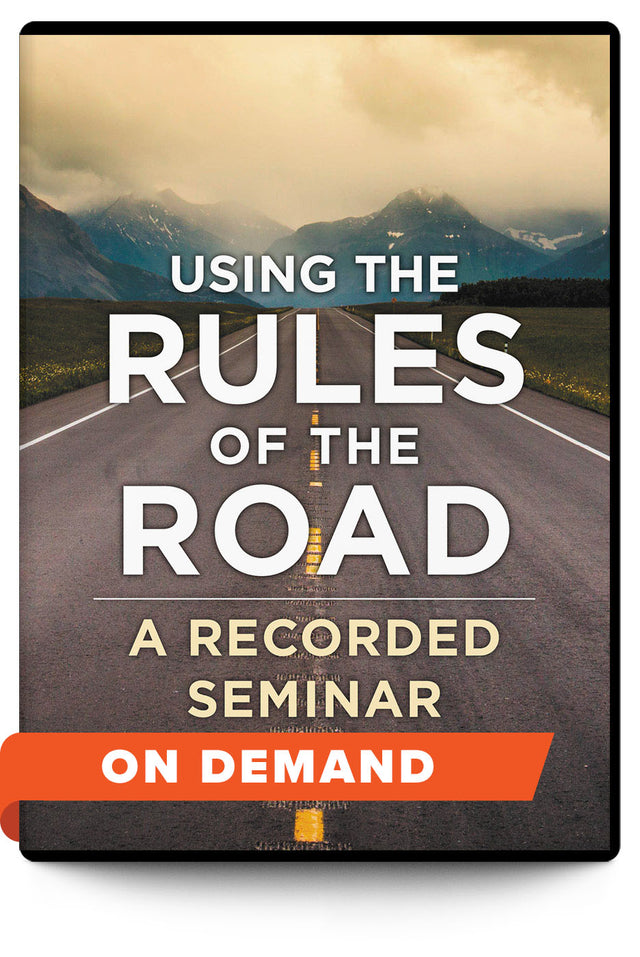Description
Description
In Using the Rules of the Road, Pat Malone, coauthor of Rules of the Road, joins with some of the top plaintiffs’ lawyers and consultants in the country as they offer insights and strategies on a range of topics from case preparation to closing statement.
Malone introduces the Rules of the Road method and offers a variety of practical examples as used by some of America’s leading plaintiffs’ lawyers. Included in this video set are presentations by Patrick Malone, Mike Kelly, Louise Lipman, Jim Lees, Zoe Littlepage, and Cliff Atkinson as they discuss topics such as:
- Creating effective Rules of the Road
- Framing your case to demonstrate the defendant’s deviation
- Working with experts to create and fine-tune your Rules
- The use of storytelling in presenting your Rules of the Road
- Testing and refining your Rules using focus groups
- Visually presenting your case
- Obtaining better testimony by using psychodrama
This video set gives you insider tips on how to improve your use of the Rules of the Road method and strengthen your cases. If you want to learn how to better distill your Rules, focus your case on the most important issues, and maximize your visuals, this is the presentation for you.
The following products are included in this package:
Overview of Rules of the Road - On Demand
Rules of the Road in Openings and Closings - On Demand
Expert Witnesses: Maximizing Impact from Yours and Minimizing Theirs - On Demand
Mastering PowerPoint in Trial - On Demand
Using Visuals to Present Your Case - On Demand
Preparing a Witness Using Psychodrama - On Demand
Click here for Access Instructions for On Demand Programs.
Each user must register individually as they will need their own login to access the program.
Authors
Authors
Details
Details
On Demand Program Package: 523 minutes









